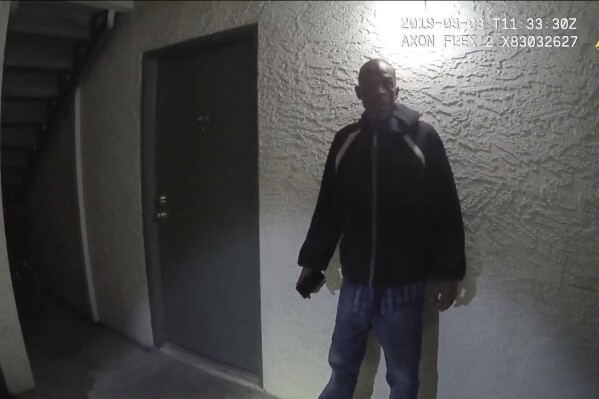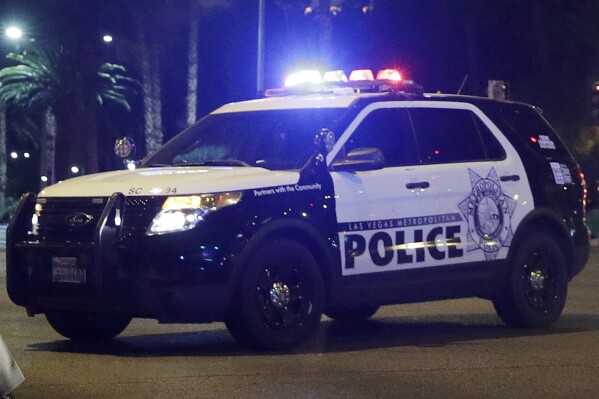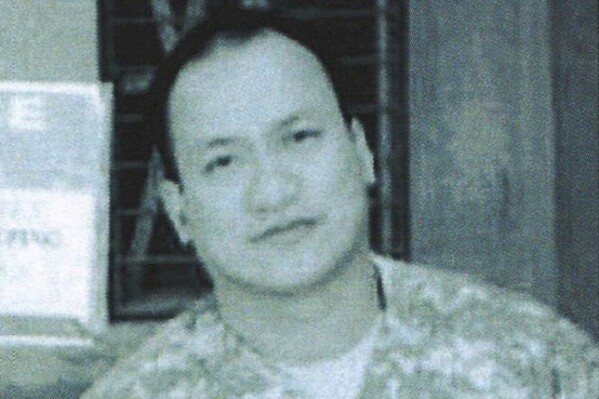Non-shooting deaths involving Las Vegas police often receive less official scrutiny than shootings
When a Las Vegas police officer shoots and kills someone, the death sparks a clear review process: from providing information to the public to evaluating whether policies should be changed and whether an officer should be charged for his or her role in the fatality.
But the Las Vegas Metropolitan Police Department’s non-shooting fatalities do not always receive the same degree of attention because the review process for investigating deaths was designed primarily to address those involving firearms.
That system was established after the Las Vegas Review-Journal published a five-part series in 2011 centered on the Las Vegas police department that revealed a pattern of shootings and a lack of officer accountability.
In early 2012, the Las Vegas police department began working with the Justice Department on an in-depth review of police practices to reduce officer-involved shootings, known as the Collaborative Reform Initiative. That resulted in dozens of recommended changes to Las Vegas’ police policies — most focused on the use of firearms and officer accountability — in addition to other reforms the department already had begun.
“We wanted to improve upon our training, and we wanted to eliminate and reduce the number of officer-involved shootings,” said James LaRochelle, then-deputy chief of the Las Vegas department’s investigative services division. He has since retired.



By the end of 2012, the number of shootings by Las Vegas police dropped 37% from the previous year, according to a Justice Department assessment.
Because of Collaborative Reform’s emphasis on reducing shootings by officers and establishing a more detailed review protocol when they occurred, experts say the Las Vegas police department became a leading model for police reform in the state.
Now, when an officer uses “deadly force,” a Critical Incident Review Team examines the case and provides findings and recommendations related to department policy. A Force Investigation Team conducts a separate investigation into whether an involved officer’s conduct violated any laws, which is passed onto the district attorney for review.
LaRochelle said the Critical Incident Review Team will “look at policy against an officer’s performance a hundred times” in any given year to determine whether changes are needed.
But in two 2021 restraint deaths, Las Vegas police completed only “dead body” reports, which include basic information about what happened in a case. The Force Investigation Team did not complete a report on either death. And the Critical Incident Review Team didn’t evaluate to determine whether the officer had violated policy or if potential policy changes were needed.
Non-shooting deaths resulting from police encounters are also handled differently by the district attorney for Clark County, which encompasses Las Vegas, the Howard Center for Investigative Journalism at Arizona State University found.
The prosecutor’s office conducts a legal review of all police shootings in order to determine whether an officer’s conduct was legally justified. But the agency never issued opinions on nearly half of the non-shooting death cases the Howard Center identified in Las Vegas as part of an investigation with The Associated Press.
The Clark County District Attorney’s Office declined requests for a phone interview or to respond to written questions. The office instead pointed to its protocol for police use of force, which the policy says applies to “any use of force incident in Clark County by a law enforcement officer” that results in a death. The policy requires an on-call prosecutor to respond to the scene of an in-custody death and conduct a “thorough, objective and professional investigation” to determine whether criminal charges will be filed.
Even when the district attorney does screen a case, it’s rare for police to be criminally charged. Of the 12 deaths the Howard Center identified, prosecutors pursued charges against just one officer, and a grand jury ultimately declined to indict him.
The lack of a district attorney opinion or review eliminates a potential avenue for police accountability in these cases.
“They need to be held responsible in a way that we don’t hold other people responsible,” said Frank Rudy Cooper, a law professor and policing expert at the University of Nevada, Las Vegas. “They’re wielding deadly force on all of our behalf.”
___
This story was produced by the Howard Center for Investigative Journalism at Arizona State University’s Walter Cronkite School of Journalism and Mass Communication, an initiative of the Scripps Howard Fund in honor of the late news industry executive and pioneer Roy W. Howard. Contact us at [email protected] or on X (formerly Twitter) @HowardCenterASU.
Disclaimer: The copyright of this article belongs to the original author. Reposting this article is solely for the purpose of information dissemination and does not constitute any investment advice. If there is any infringement, please contact us immediately. We will make corrections or deletions as necessary. Thank you.






